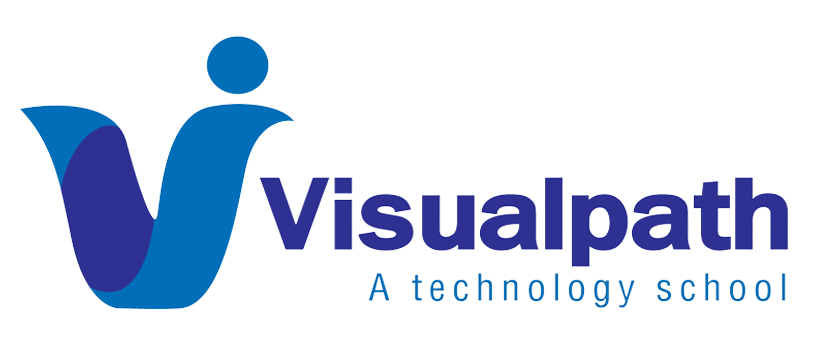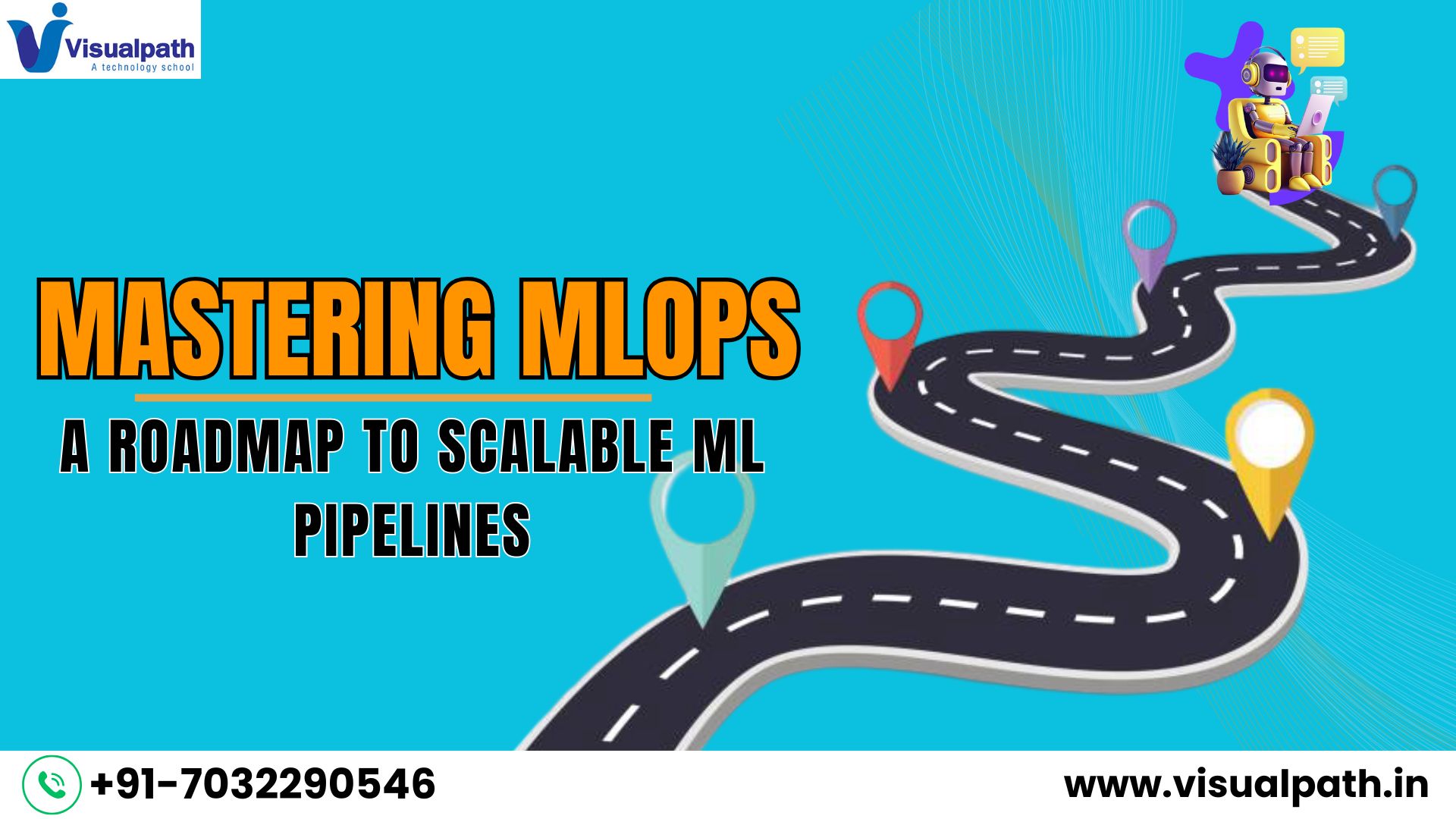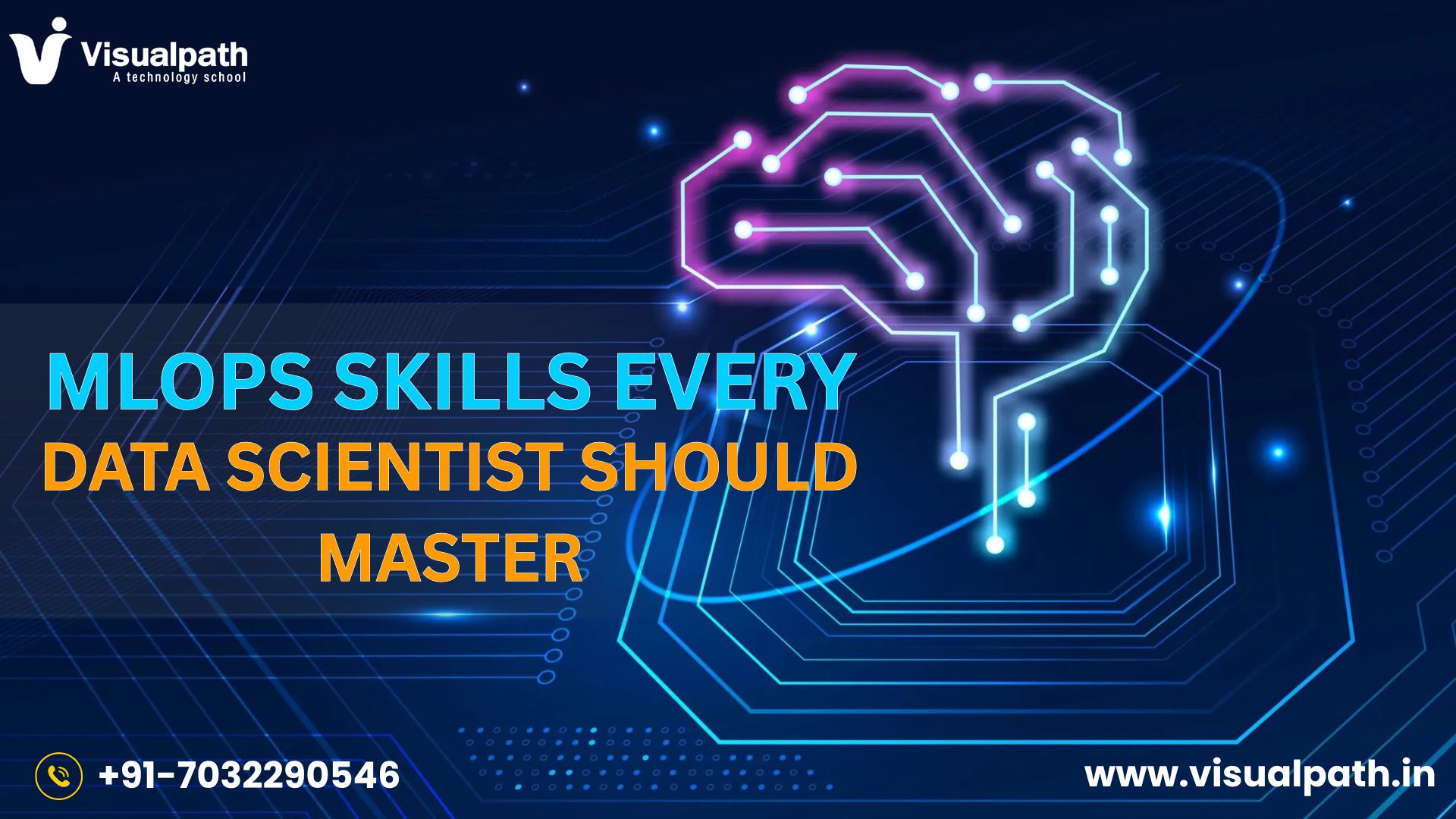In the rapidly evolving world of artificial intelligence, MLOps Training has become essential for organizations looking to deploy and manage machine learning models efficiently. MLOps (Machine Learning Operations) ensures the seamless integration of ML models into production by automating workflows, improving model reliability, and streamlining infrastructure. As more businesses adopt AI-driven solutions, understanding scalable ML pipelines is crucial for long-term success.
Understanding MLOps
MLOps is a set of practices that combines machine learning, DevOps, and data engineering to manage the lifecycle of ML models efficiently. It focuses on automating workflows, improving model reliability, and ensuring seamless integration into production environments. With the rise of cloud computing and big data, MLOps plays a crucial role in optimizing ML model deployment and monitoring.
1. Data Management and Versioning
Effective MLOps begins with proper data management. Organizations must ensure:
- Data quality, consistency, and governance
- Use of tools like DVC (Data Version Control) for tracking data changes
- Storage options like Google Cloud Storage, Azure Blob, and AWS S3
2. Model Development and Experimentation
A successful ML pipeline requires continuous experimentation and model versioning. Best practices include:
- Using MLflow or Weights & Biases for tracking experiments
- Implementing automated hyperparameter tuning
- Ensuring reproducibility across environments
3. CI/CD for ML Models
Continuous Integration and Continuous Deployment (CI/CD) pipelines automate the training and deployment of ML models. Key steps involve:
- Automating testing of model performance
- Integrating version control systems like Git
- Deploying models using Kubeflow, TensorFlow Serving, or Docker containers
4. Model Monitoring and Performance Tracking
Once deployed, ML models must be continuously monitored to detect performance degradation. Effective monitoring includes:
- Detecting model drift with AI and other methods.
- Logging real-time predictions and feedback
- Implementing alert mechanisms for anomaly detection
5. Security and Compliance in MLOps
Ensuring security and regulatory compliance is crucial in ML pipelines. Organizations should:
- Implement role-based access control (RBAC)
- Encrypt sensitive data and model artifacts
- Follow compliance standards like GDPR, HIPAA, or ISO 27001
Steps to Building Scalable ML Pipelines
Step 1: Define Clear Objectives
Begin by identifying the business problem and expected outcomes of the ML pipeline. Align objectives with organizational goals to ensure measurable success.
Step 2: Automate Data Processing
Use automated ETL (Extract, Transform, Load) processes to streamline data ingestion and preprocessing. Tools like Apache Airflow and Azure Data Factory help manage workflows effectively. MLOps Training Online
Step 3: Standardize Model Training and Evaluation
Establish a structured approach to model training, evaluation, and deployment. Use cloud-based MLOps tools like Google Vertex AI or AWS SageMaker to automate the procedure. Enrolling in an MLOps Training program can provide hands-on experience in model development and deployment.
Step 4: Deploy Models at Scale
For scalability, leverage containerization and orchestration tools like Docker and Kubernetes to deploy models across distributed systems.
Step 5: Implement Continuous Monitoring and Feedback Loops
Integrate real-time monitoring dashboards and feedback loops to ensure model accuracy and reliability over time.
Conclusion
Mastering MLOps is essential for organizations aiming to scale their ML pipelines efficiently. By adopting best practices in data management, CI/CD, model monitoring, and security, businesses can ensure seamless ML model deployment and long-term success. As AI-driven applications continue to grow, implementing robust MLOps strategies will be key to staying competitive in the market.
For those looking to enhance their expertise in this domain, enrolling in an MLOps Training Course can provide hands-on experience in managing and automating ML workflows.
Trending Courses: DevOps, GCP DevOps, and Azure DevOps




